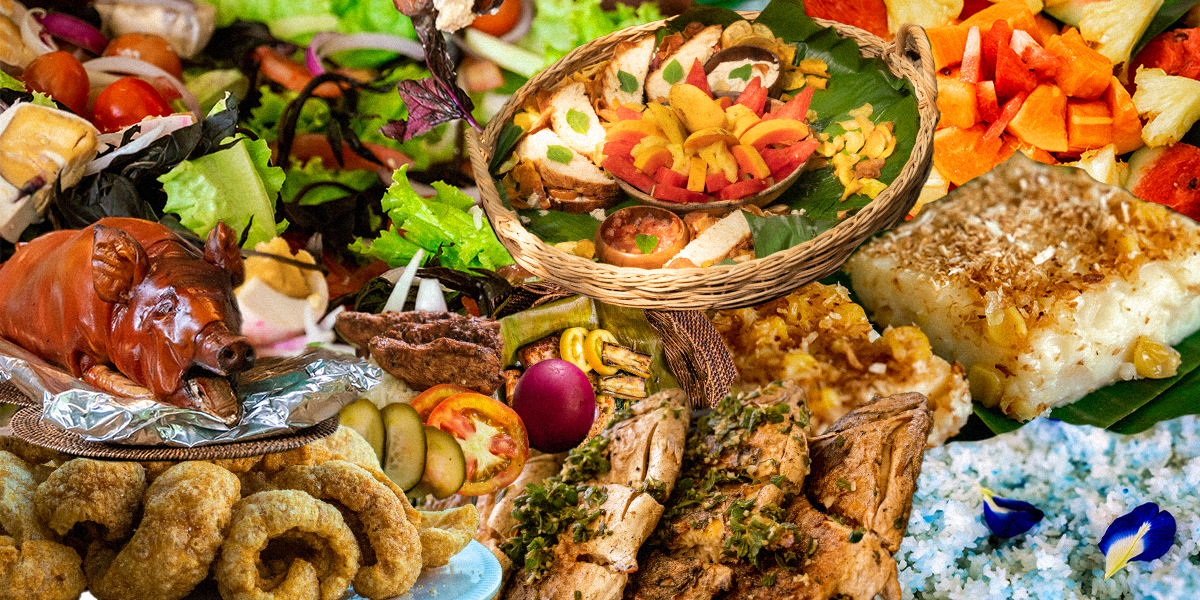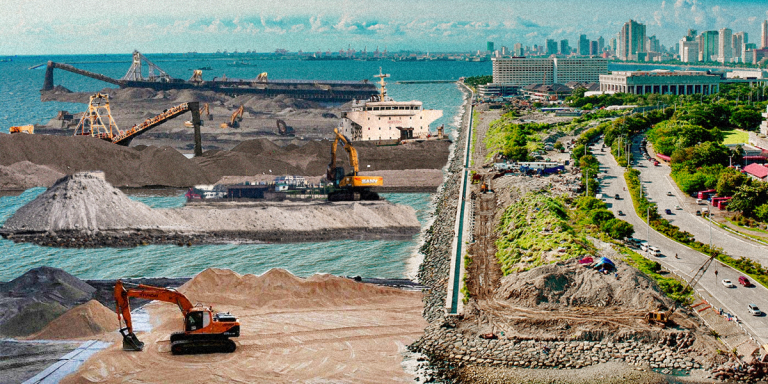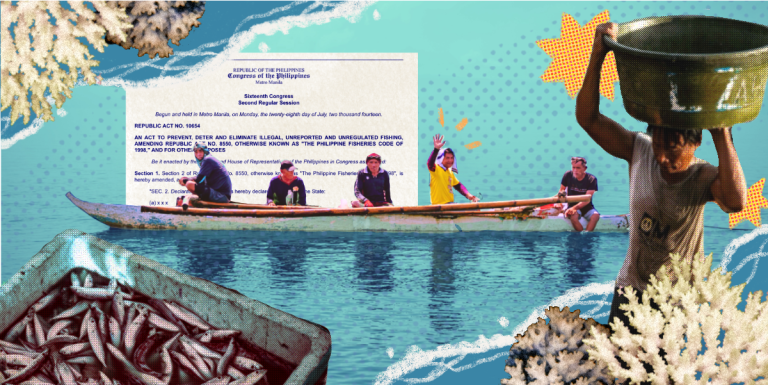Lokalpedia crafts recipes to preserve Filipino food culture and beyond
It is sometimes said that, in the Philippines, there is a sixth love language. Beyond quality time and words of affirmation, Filipinos tend to bond through shared meals and a common appreciation for good food—and there is simply no food like Filipino food. Whether it’s in enjoying an iced bucket of local beers over a sizzling plate of sisig or celebrating every milestone with a whole lechon roasted to perfection, food plays a significant and undeniable part in every Filipino’s life.
While Filipinos love to tout it as the best in the world, Filipino food does tend to get its fair share of criticism as well. It is not uncommon to hear Filipino food being called unhealthy, because it is “too heavy on the oil” or “doesn’t have enough vegetarian options.” John Sherwin Felix, the founder of Lokalpedia, disagrees with these generalizations and provides a different and more informed perspective.
The taste of home
In developing Lokalpedia, an online archive for Philippine food biodiversity and culinary heritage, Felix has found that what actually makes Philippine cuisine special is the “richness of our biodiversity.” As one of only 17 countries considered “megadiverse” by the United Nations, the sheer variety of the country’s local flora, fauna, and fungi lend to what makes the local and traditional food culture truly unique. Add to that the mix of ingredients and food preparation methods absorbed through the country’s history of colonization and trade with other nations, and you get, as Felix puts it, “a food identity that is layered, rich, and distinctly Filipino.”
That being said, sweeping statements about Philippine gastronomy tend to overlook the individuality of each of the country’s regional cuisines. With thousands of islands, each with their own ecological and cultural identity, there is just no one way to describe Filipino food. As an example, Felix notes that while some may consider Filipino food to be generally meat-heavy, vegetables play a central role in Ilocano cuisine. “They use a wide range of both cultivated and wild greens,” he explains. “They eat gac fruit or sugod-sugod, carpetweed or papait, and all parts of malunggay, including the flowers, leaves, and fruits.” He also notes that not all local cuisines feature fried food as much, seeing as many indigenous communities “boil, steam, or grill food, and follow seasonal patterns that make their diets more varied and plant-rich.”
While no single flavor profile or preparation method can tie together the many cuisines the country houses, Felix agrees that there does seem to be an overarching theme to them: all Filipino food cultures have a deep intrinsic relationship with nature. “Whether you’re in the mountains of the Cordillera, the islands of the Visayas, or the coastal areas of Mindanao, people cook based on what the land or sea provides at a given time.” This is also apparent in the Philippines’ preserved foods. “We smoke, dry, cure, and ferment. We are inherently in tune with nature—we know when to save and when to prepare.”
Endangered ingredients
As someone who was raised in a household that loved to cook, Felix’s affinity for food led him to take a closer look at the local ingredients in his hometown of San Jose, Occidental Mindoro. “I started researching by interviewing market vendors, my mother, and the elders in our neighborhood. I took note not only of the food itself, but also how it is cultivated and harvested, how it is prepared, its seasonality, and the stories behind it.”
While this exercise proved revelatory for Felix, he shares that he was “saddened that many of them are not as well-known or used as other mainstream ingredients,” and thus Lokalpedia was born.
Lokalpedia, which started as a way for Felix to catalogue lesser-known local ingredients, is now also an archive for Philippine food biodiversity that is slowly disappearing. This can be largely attributed to the degradation of the country’s ecosystems. “Wild forest foods, for example, are becoming rarer because their habitats are shrinking.” Felix adds that this is sometimes caused by the expansion of industrial farming, which usually comes “in the form of monocrop cash crop farms,” which replaces indigenous biodiversity with mass-produced uniformity.
Climate change is also a challenge for many endangered ingredients, seeing as it can cause erratic weather conditions which harm “weather-vulnerable industries, such as seafood processing, salt farming, and seaweed cultivation.”
The Philippines is also dependent on food imports, which play a role in endangering local ingredients, as they can shift food preferences toward mass-produced imported products and away from local foodways. While food imports are not inherently bad—as they can allow communities to have a certain degree of food security—Felix notes that, considering the country’s struggles with mitigating corruption, “importation is often driven by agendas beyond genuine food security.”
He adds that local fisherfolk and farmers also tend to struggle to compete with the sheer quantity of imported goods, which can lead to loss of livelihoods and, eventually, a collapse of local food industries.
Passing it down
Although it may seem like too inconsequential an act, the first step toward saving the Philippines’ endangered ingredients that everyday Filipinos can take is to choose to eat local. As Felix puts it, “eating is a political act.” When you choose to eat local, you choose to support local farmers, fisherfolk, and food producers—“and that, in turn, helps sustain our local food culture.” Felix adds that, beyond eating, reconnecting with and developing an appreciation for nature is an important step toward keeping local ingredients alive.
It may seem like a stretch to connect politics to Philippine gastronomy, but Felix believes that it would also help for Filipinos to be more involved in broader social issues. “Workers’ welfare, indigenous peoples’ rights, environmental protection—these are all deeply connected to our food systems. One way or another, they affect what we eat, how it’s produced, and who gets access to it.”
Food is one of the main pillars of Philippine culture. Through his experiences developing Lokalpedia, Felix shares that he has learned that food is not just sustenance—“it carries our history and identity.” It is deeply social, seeing as we have food for every occasion and celebration—from birth to death. It shapes the culture while telling the stories of what came before. As such, it is every Filipino’s responsibility to do what they can to make sure traditional cuisines throughout the country survive to greet the next generations.








